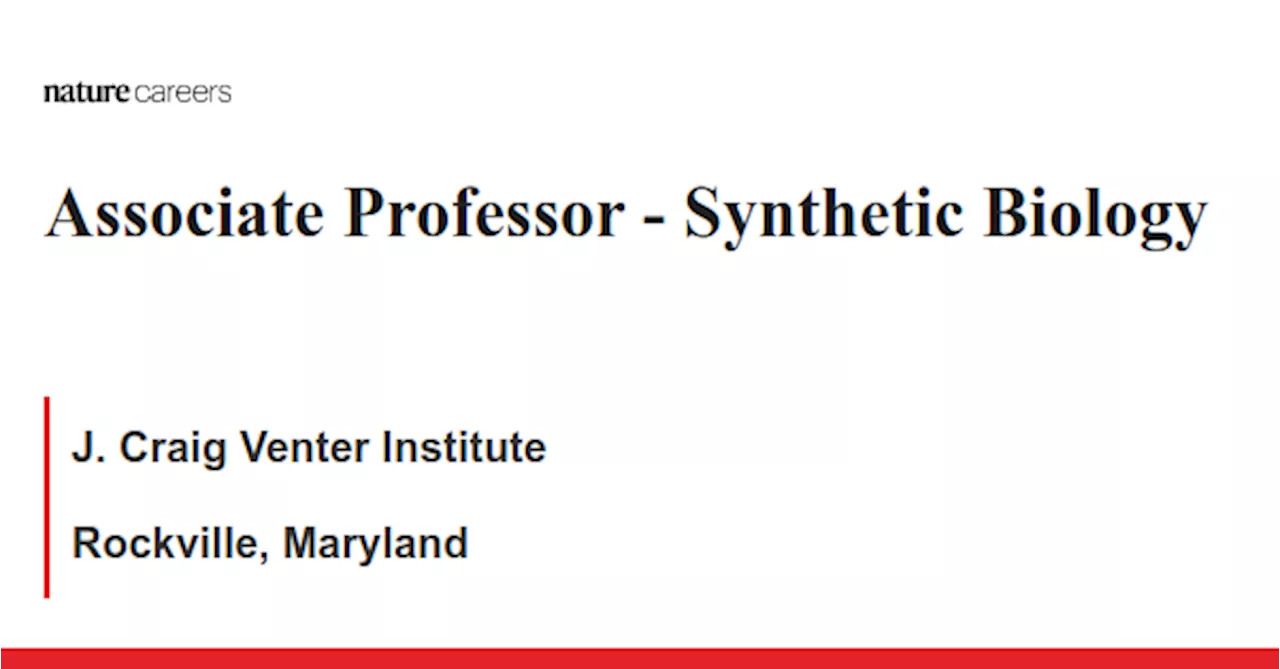Science, Space and Technology News 2024
UC Berkeley scientists have innovated a cost-effective, yeast-based production method for QS-21, enhancing vaccine efficacy and reducing reliance on traditional, environmentally harmful extraction methods.
Yet, one of the strongest adjuvants, an extract of the Chilean soap bark plant, is so difficult to produce that it costs several hundred million dollars per kilogram ., and Lawrence Berkeley National Laboratory scientists have now wielded the power of synthetic biology to produce the active ingredient of soap bark, a molecule called QS-21, in yeast.
“During the pandemic, public health officers were really worried about QS-21 adjuvant availability because that only comes from one tree,” said Jay Keasling, UC Berkeley professor of chemical and biomolecular engineering and senior faculty scientist at Berkeley Lab. “From a world health perspective, there’s a lot of need for an alternative source of this adjuvant.”
Not long after alum was discovered to boost the effectiveness of vaccines, a group of soap-like molecules was found to do the same. By the 1960s, researchers had focused on an extract of the Chilean soapbark tree that strongly activates different components of the immune system to amplify the effect of giving a vaccine antigen alone.
Adding the eight sugars proved challenging, as did balancing unsuspected interactions among enzymes in yeast. All this had to be accomplished without throwing off critical metabolic pathways that are needed for yeast growth. “It was a great collaboration, because as soon as she’d get a new gene in the pathway, they’d send it our way, and we’d put it into yeast,” Keasling said. “It was also good for her, because she got a test of whether her tobacco assay was telling her the right thing.” by which the soapbark tree makes QS-21, reconstituted in tobacco. Unfortunately, tobacco is a test bed for plant chemistry, but not a scalable way to produce a chemical compound.
United States Latest News, United States Headlines
Similar News:You can also read news stories similar to this one that we have collected from other news sources.
 Crafting Programmable Living Materials With Synthetic Biology & 3D PrintingScience, Space and Technology News 2024
Crafting Programmable Living Materials With Synthetic Biology & 3D PrintingScience, Space and Technology News 2024
Read more »
 Marriage of synthetic biology and 3D printing produces programmable living materialsScientists are harnessing cells to make new types of materials that can grow, repair themselves and even respond to their environment. These solid 'engineered living materials' are made by embedding cells in an inanimate matrix that's formed in a desired shape.
Marriage of synthetic biology and 3D printing produces programmable living materialsScientists are harnessing cells to make new types of materials that can grow, repair themselves and even respond to their environment. These solid 'engineered living materials' are made by embedding cells in an inanimate matrix that's formed in a desired shape.
Read more »
 Synthetic Biology - Rockville, Maryland job with J. Craig Venter InstitutePosition Summary We seek an Associate Professor in the department of Synthetic Biology (jcvi.org/research/synthetic-biology). We invite applications for those with experience emerging genetic and physical engineering to produce new (and, therefore, synthetic) life forms.
Synthetic Biology - Rockville, Maryland job with J. Craig Venter InstitutePosition Summary We seek an Associate Professor in the department of Synthetic Biology (jcvi.org/research/synthetic-biology). We invite applications for those with experience emerging genetic and physical engineering to produce new (and, therefore, synthetic) life forms.
Read more »
 Marriage of synthetic biology and 3D printing produces programmable living materialsScientists are harnessing cells to make new types of materials that can grow, repair themselves and even respond to their environment. These solid 'engineered living materials' are made by embedding cells in an inanimate matrix that's formed in a desired shape.
Marriage of synthetic biology and 3D printing produces programmable living materialsScientists are harnessing cells to make new types of materials that can grow, repair themselves and even respond to their environment. These solid 'engineered living materials' are made by embedding cells in an inanimate matrix that's formed in a desired shape.
Read more »
 Breakthrough paves the way for next generation of vision implantsA group of researchers have created an exceptionally small implant, with electrodes the size of a single neuron that can also remain intact in the body over time -- a unique combination that holds promise for future vision implants for the blind.
Breakthrough paves the way for next generation of vision implantsA group of researchers have created an exceptionally small implant, with electrodes the size of a single neuron that can also remain intact in the body over time -- a unique combination that holds promise for future vision implants for the blind.
Read more »
 Antibiotic Breakthrough: Revolutionary Chinese Study Paves Way for Superbug Defeating DrugsScience, Space and Technology News 2024
Antibiotic Breakthrough: Revolutionary Chinese Study Paves Way for Superbug Defeating DrugsScience, Space and Technology News 2024
Read more »
